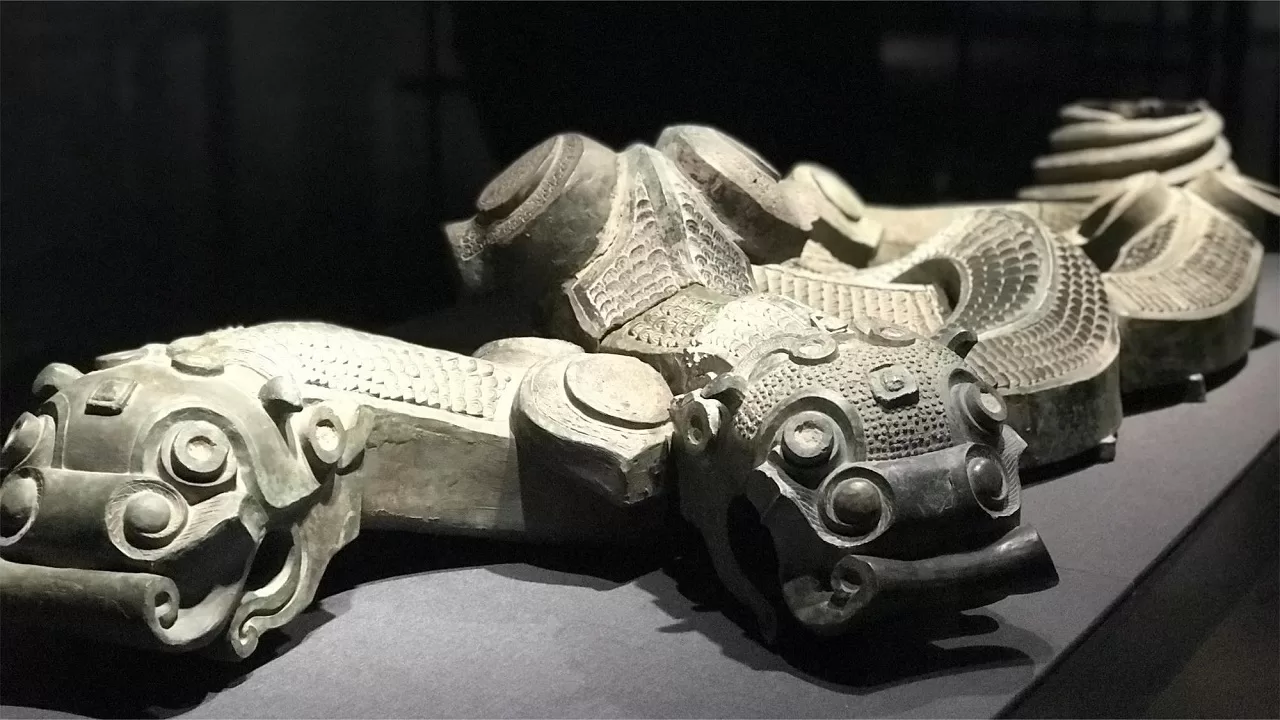The tomb of the First Qin Emperor, also known as Emperor Qin Shi Huang, was discovered in 1974 near the city of Xi’an in China. It is considered one of the most significant archaeological finds of the 20th century and has provided valuable insights into the beliefs, customs, and technological advancements of the Qin dynasty (221-206 BCE). Here are some of the artifacts that were discovered in the tomb:
Terracotta Army: The most famous discovery in the tomb was the terracotta army, which consists of thousands of life-sized clay soldiers, horses, and chariots. The soldiers were arranged in battle formations and were intended to protect the emperor in the afterlife. The terracotta army is a remarkable example of Qin-era craftsmanship and military technology.
Bronze chariots and horses: Along with the terracotta army, two bronze chariots and horses were also discovered in the tomb. The chariots are exquisitely crafted with intricate details, and the horses have elaborate harnesses and decorations. The chariots are believed to have been used by the emperor in life and were buried with him in death.
Jade artifacts: Several jade artifacts were also found in the tomb, including a jade suit, jade belts, and a jade pillow. The jade suit is made up of over 2,000 pieces of jade and was intended to protect the emperor’s body in the afterlife. Jade was highly valued in ancient China and was believed to have magical properties.
Weapons and armor: Many weapons and pieces of armor were discovered in the tomb, including swords, spears, and arrowheads. The weapons are made of bronze and iron and are beautifully crafted with intricate designs. The armor is also impressive, with pieces made from bronze, iron, and leather.
Musical instruments: Several musical instruments were found in the tomb, including bells, drums, and a set of chimes. The instruments are made of bronze and are exquisitely crafted with intricate designs. They provide insight into the importance of music in Qin-era culture.
Overall, the artifacts discovered in the tomb of the First Qin Emperor provide a fascinating glimpse into the customs, beliefs, and technological advancements of the Qin dynasty. The terracotta army, in particular, is an astonishing achievement and remains one of the most iconic symbols of ancient China.
Other Facts about the Mausoleum


